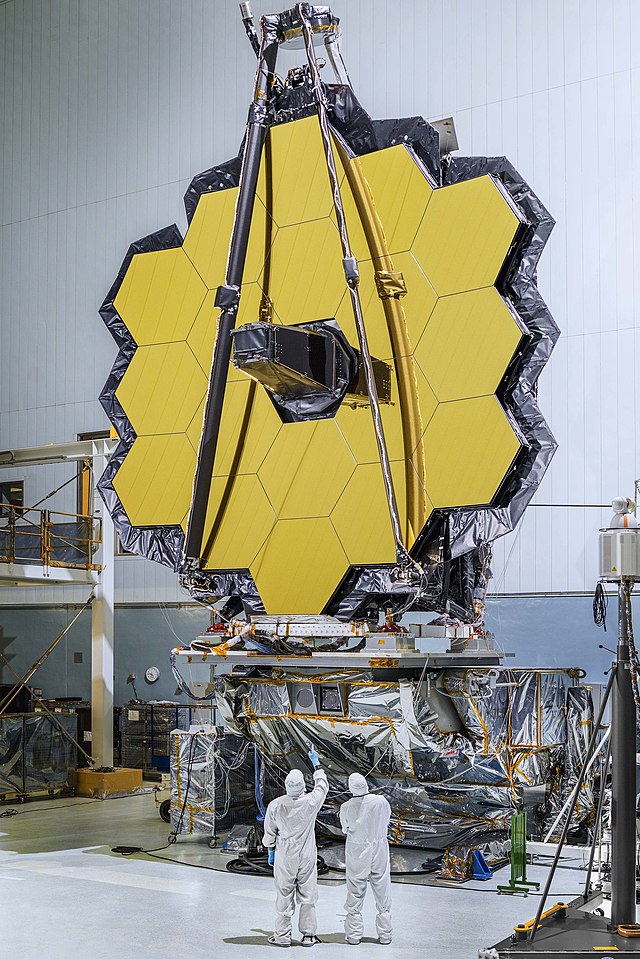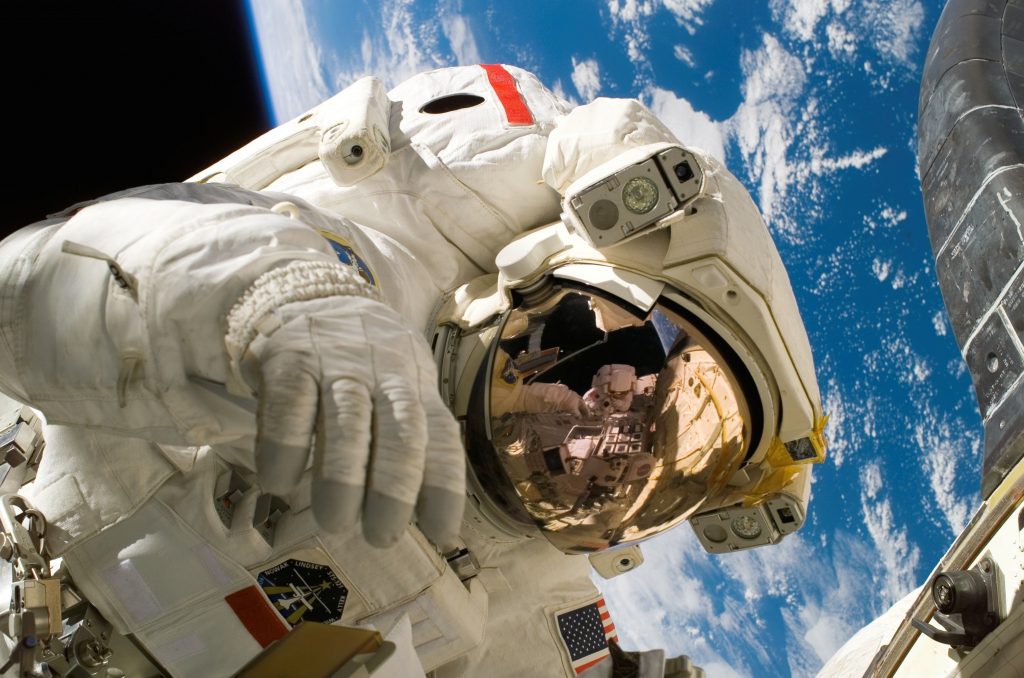From humble beginnings in James Truchard’s residential garage in Texas, NI has become a massively respected producer of automated test equipment. Since launching in 1976, the company has helped find hardware and software solutions for multiple industries on an international scale. The incredible impact that NI has had on technological innovation is even more evident when considering its long history of working with NASA.
In this post, we are taking a look at some notable ways the partnership between NI and NASA helped advance aerospace technology and research. The incredibly popular testing software LabVIEW, as well as multiple hardware series (such as the PXI and SC Express), have each been previously utilized by NASA for different projects.
2001- NASA Utilizes the LabVIEW Interface for Instrumentation Applications
Over two decades ago, NASA published an article detailing how they used the interface concepts of LabVIEW for virtual instrumentation and software control applications. The first of which was an ultrasonic measurement system for assessing advanced structural materials without destroying them. This was accomplished in part by using the property node feature that was new to LabVIEW version 6i to remove the necessity of local variables. The waveform functions of the 6i version were also used to build the waveform up from the sampling and array information.
LabVIEW was also used by NASA for developing a system for X-ray spectral mapping that assessed the consistency and quality of photon detector materials as they developed. While this project was developed by using LabVIEW version 5.1.1, the article notes that the tabbed menu feature that was not available until LabVIEW version 6i would have been incredibly advantageous.
In 1983, NASA launched a CAR (Cloud Absorption Radiometer) device to gather atmospheric data. By using LabVIEW version 5.1.1, NASA engineers were able to develop a new instrument panel for the device that replaced the previous panel and data system with a small yet powerful virtual instrument that could be used for control, data gathering, display, and storage.

2007- LabVIEW FPGA and the James Webb Space Telescope
The James Webb Space Telescope became a household name last year when NASA released its new shockingly detailed pictures of deep space and distant galaxies. Back in 2007, long before its current mission, the JWST was using NI’s LabVIEW FPGA for testing. Lead testing engineer David Rapchun was quoted in a press release as saying “LabVIEW FPGA and R Series intelligent DAQ saved hundreds of man-hours and thousands of dollars”.
The Near Infrared Spectrograph is one of the key components of the JWST. It has more than 250,000 microshutters– MEMS devices that operate similarly to the shutters of a camera by opening and closing to determine the amount of light exposure. Engineers used LabVIEW FPGA to create a proprietary control algorithm that could handle the synchronization needed for opening and closing the shutters at a rate of 240 times/minute. This open and shut movement was accomplished by moving a magnet over the array of shutters while using the PXI-7344 motion controller. For each array, the shutters were independently regulated using PXI-7811R and PXI-7813R NI DAQ modules.
2015- NASA Awards NI an Engineering Contract
In 2015, NASA officially awarded NI (then National Instruments) a contract to supply hardware for measurement and control systems as well as system design software, while also streamlining the acquisition of agency end-user software licenses.
This contract had a one-year base period and was an indefinite-delivery and indefinite-quantity contract that had provisions for firm-fixed delivery/task orders. It started on September 30, 2015, and had an expiration date of September 27, 2020. In total, it cost 37.7 million dollars.

2016- NI SC Express and PXI Create Data Acquisition System
In order to take on the task of replacing outdated NEFF equipment in one of its biggest human-rated environmental chambers, NASA developed a sophisticated, distributed, and adaptable DAQ system using PXI and SC Express technology. This chamber (called Chamber B) is used by NASA to evaluate potential repair methods and materials that astronauts may use to replace cracked tiles on the space shuttle. Repairs are applied to the tiles in this human-rated chamber to assess how well they would hold up under the high pressures and the temperatures of space.
Without extra external signal conditioning, the data acquisition system was able to precisely synchronize and measure more than 500 analog channels dispersed throughout the chamber. To measure the thermal atmosphere accurately and ensure that nitrogen flow is continuously running through the cooling system, thermocouple readings are regularly monitored from different points of the chamber. This helps guarantee that desired temperatures are achieved. To ensure accurate functioning, some objects require thermal readings in specific conditions. Furthermore, the data of flow and pressure taken inside the facility is transmitted to the DAQ system.
2021- NASA Awards Ideal Systems Solutions Inc Contract for NI Products
In 2021, NASA awarded the Minnetonka-based company Ideal System Solutions a contract to purchase new hardware, new and renewed software licenses, and related services for National Instruments brand name products in order to serve all NASA centers. The contract is an indefinite-delivery/indefinite-quantity contract which will provide NASA with a longer-term option to easily and efficiently buy National Instruments. The deal is valued at around $21.4 million and has a possible date range from August 27, 2021, to February 28, 2027.
In conclusion, it is easy to see from even this brief timeline that NI and NASA working together has resulted in incredible achievements. Technology is developing faster now than it ever has before, and it looks like the future is bright for any future collaboration between these two innovation powerhouses.
Resources:







